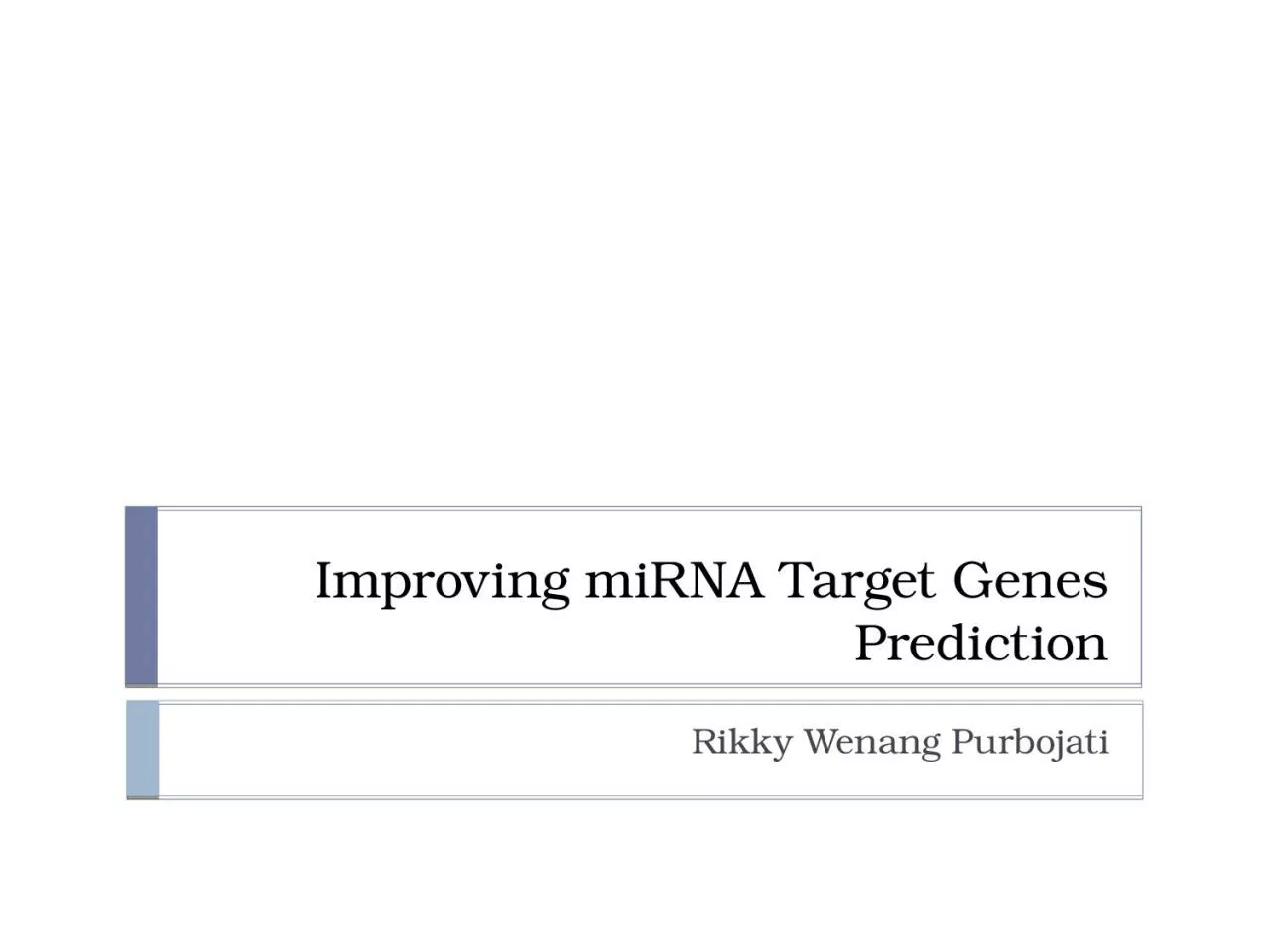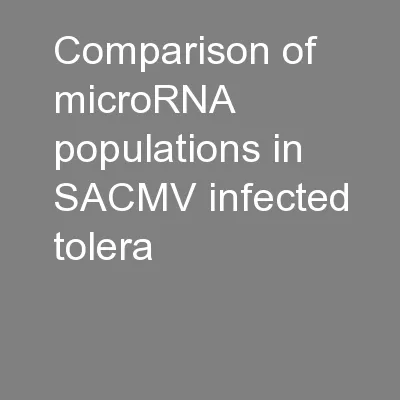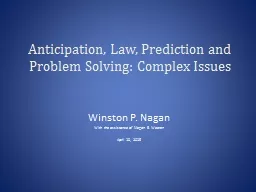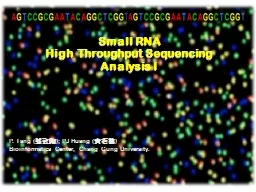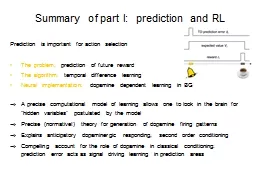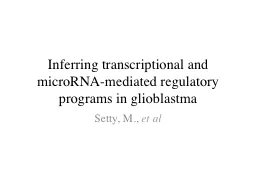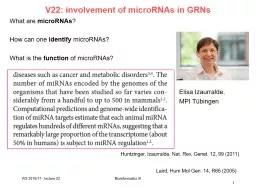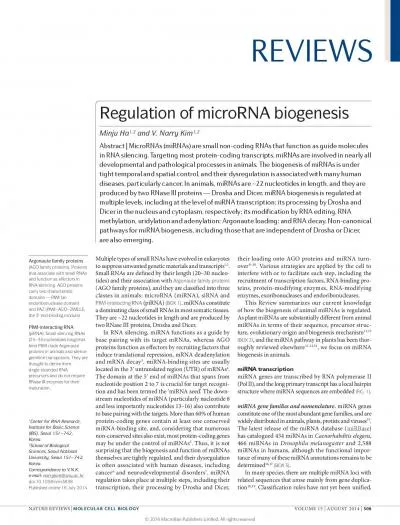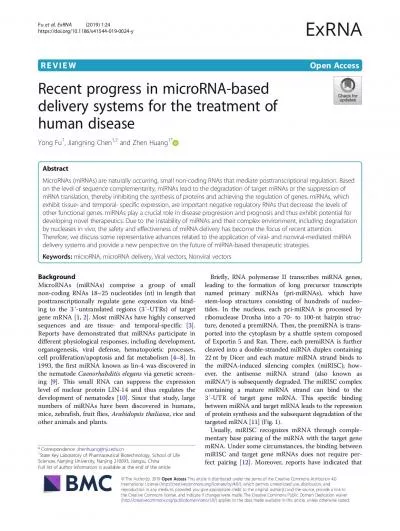PPT-Improving miRNA Target Genes Prediction
Author : SkylineBabe | Published Date : 2022-07-28
Rikky Wenang Purbojati miRNA MicroRNA miRNA is a class of RNA which is believed to play important roles in gene regulation Its a short 21 to 23nt RNAs that bind
Presentation Embed Code
Download Presentation
Download Presentation The PPT/PDF document "Improving miRNA Target Genes Prediction" is the property of its rightful owner. Permission is granted to download and print the materials on this website for personal, non-commercial use only, and to display it on your personal computer provided you do not modify the materials and that you retain all copyright notices contained in the materials. By downloading content from our website, you accept the terms of this agreement.
Improving miRNA Target Genes Prediction: Transcript
Download Rules Of Document
"Improving miRNA Target Genes Prediction"The content belongs to its owner. You may download and print it for personal use, without modification, and keep all copyright notices. By downloading, you agree to these terms.
Related Documents

